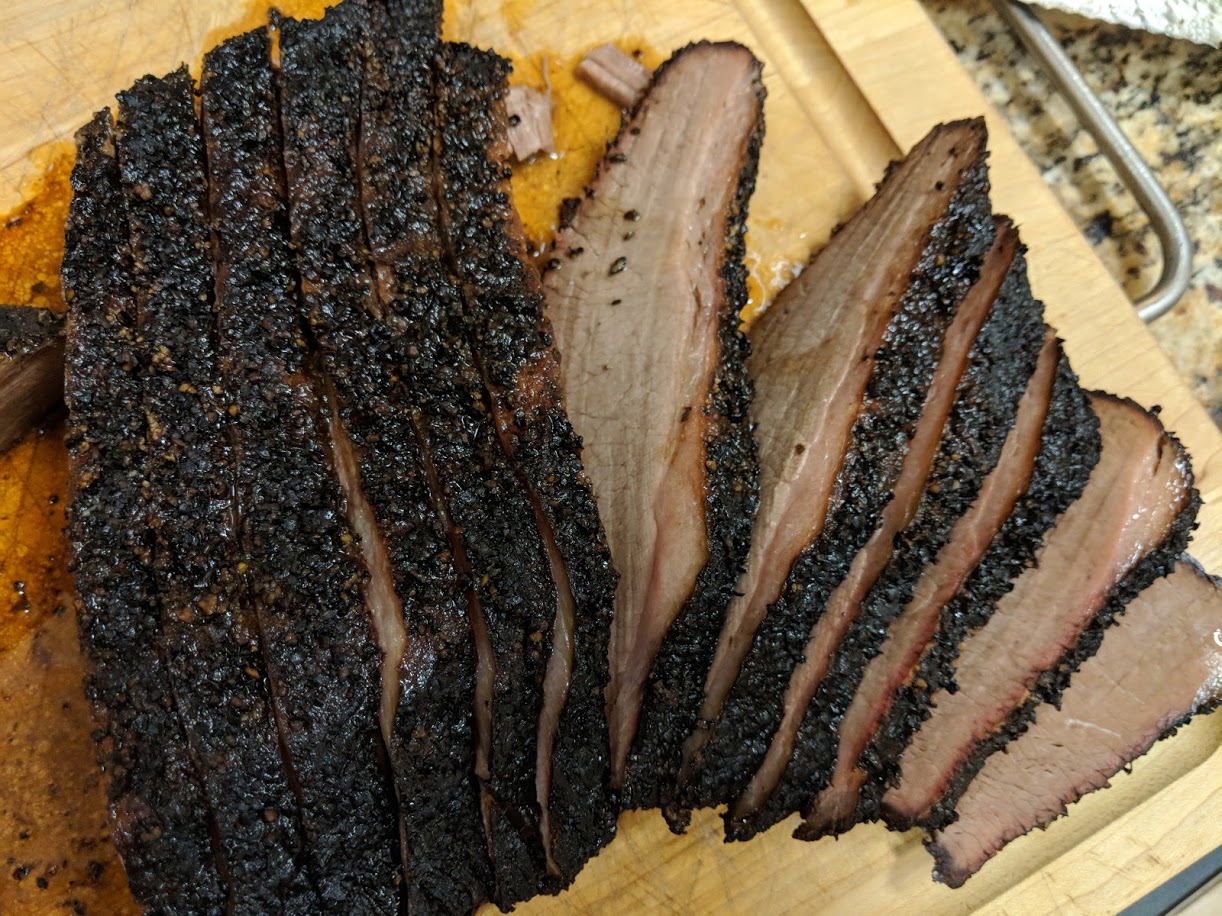To be honest, I'm violating my rule and using the "cheats" before mastering the very basics. There's a good reason for it. Sit down and have a beverage (I'm still on coffee over here), let me tell you a story...
A few years ago, a very good friend of mine got into BBQ. Like most of us, he fell pretty hard. He threw a party once a year that I've been going to for years, and I'd often help man the pits, and then some (he was also
very good at making you do the work and somehow making you think it was your idea

)
He even "suckered" me into going to a fundraiser BBQ competition with him back in 2016. And he lives about a 6 hour drive away!
He liked it so much, that he was in the process of starting his own BBQ business. Weekend thing, had a little shack built next to a local restaurant, got some more WSMs, was testing all his recipes...
And then he suddenly died of lung cancer.
Well, one of his dying wishes was that we still do the party. I'll be showing up early and helping to prep with his wife (who knows some of the rubs and sauces he used, but did none of the cooking). Now, in his freezer are a few briskets, and a few pork butts and bellies.
The pork butts and bellies are no brainers (we smoked some of bellies a few years ago, and I just pulled them like the butts so people could mix and match. He had started actually cutting them into strips that looked kinda like ribs, and people apparently went bezerk over them.)
But I want to serve people good brisket. Quite frankly, I served a bunch of his last year, but didn't really sample much. The flat was definitely dry to me, but...I don't know how often he cooked brisket.
The party is in just a few weeks. So today I'm testing if I can produce something juicy and good with the "cheats". If this way gives me good results, I'll do it this way in a few weeks. So I injected this one with a little broth, and wrapped it (I didn't add any liquid when wrapping, but it had lots of surface moisture on it when I wrapped. I suspect that means my bark won't be great, but so be it...like I said, it's a learning experience.)
I might make a jus on the side, just also as a potential saviour (and also because people like it!).
So, yeah, this one is definitely a labour of love, and it has a sense of urgency I've not usually had when playing around. I know my good biker family won't hold me responsible if I serve them something I consider sub-par, and they also know I'm going to be harder on myself than they could be. Most people are just happy to get fed!
When I get back, I'll probably play some more and see if I can get good results the "traditional" way.










